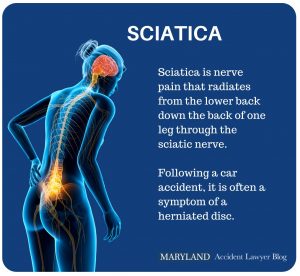Phobias are associated with an irrational fear that people have or carry with them. Vehophobia is the fear of driving. Why would someone fear driving? In many cases, the fear stems from a traumatic injury in a previous car crash. Call it vehophobia or call it PTSD the result is the same: severe anxiety getting into a motor vehicle. Many have a phobia of dying in a car accident.
From a car accident attorney’s perspective, emotional harm is the single biggest harm in the vast majority of our cases. So the PTSD that stems from car accident is right along the line of the damages bring in these lawsuits. Is this harm correlated to the severity of the crash? It generally is. But regardless of the severity of a car accident, vehophobia is a very real and prevalent issue many people experience after enduring car accident.
What Is Vehophobia?
The fear of driving after a car accident is technically a form of Post-Traumatic Stress Disorder (PTSD). PTSD, which is most commonly associated with war veterans, actually can be set off by any terrifying incident, including the trauma of almost dying or being in a serious car accident.




